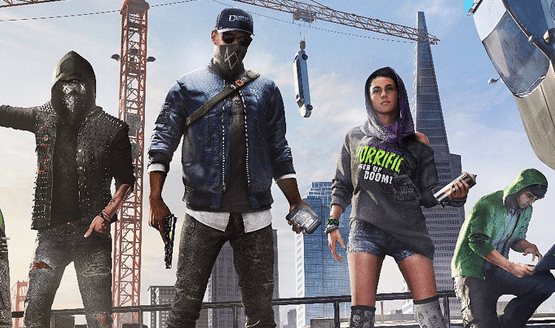
Note: This opinion piece features spoilers for Watch Dogs 2, and only reflects the views of the author.
Take a look at this promotional image for Watch Dogs 2 showing off DedSec, the cool hacker group that players are a part of. It shows four unique characters, with each of them having a different aesthetic and vibe to them. Other than Marcus, there’s the meme spamming madman Wrench, the street artist Sitara, and the socially inept yet likable Josh. The issue here is that DedSec has five members.
The fifth member is Horatio, the group’s only black member at the beginning of the game, and I really wish I had a better description than that for him. The reason I don’t is because he’s immediately thrown into the background for the majority of the game, and he just sits at a desk for all of eternity. He’s given no personality or any sort of character in a game that is filled with larger-than-life ones.
Who Was That?
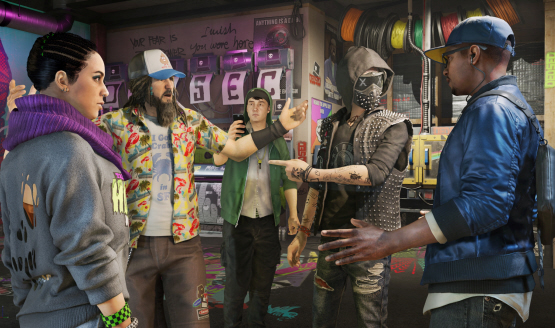
Horatio feels like a throwaway character, so it feels rather strange that he’d be involved in what should be a pivotal plot point in Watch Dogs 2. One of the game’s later missions has the character going missing and Marcus has to then track him down. What he finds isn’t pretty, as he discovers a grisly scene. It turns out that Horatio was murdered by an Oakland gang called the Tezcas.
For Marcus it’s an extremely emotional moment. The usual wisecracking protagonist gets emotional over losing his brother-in-arms, and vows to seek revenge. It’s the one moment where Watch Dogs 2 justifies violence from Marcus, and it should be a huge moment. It isn’t. While Marcus is struck emotionally, the player has no attachment to Horatio, and is just left to wonder if they are a monster for not caring about his death.
No. The player isn’t a monster for not caring, it just demonstrates how terrible the storytelling here is. Horatio is cast aside almost immediately, and isn’t really brought back into the spotlight until the mission before his death. It’s there that the game reveals that he also works at Nudle (the game’s Google equivalent) and it attempts to give him some depth. It’s too little too late, though, and it makes the death feel predictable in retrospect. My immediate reaction wasn’t shock when I discovered Horatio’s dead body, it was just “Oh, so that’s why Ubisoft had the previous mission focus on him.”
It’s Not Uncommon
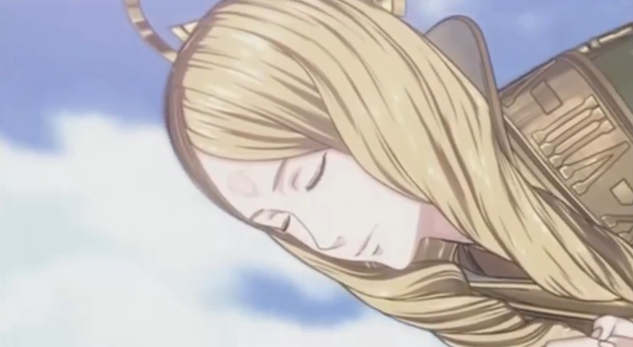
With the way it’s setup, Ubisoft gets to pat themselves on the back for a great narrative twist where a main character is killed. That’s great in theory, and if they had killed off any of the game’s other characters, it could’ve actually had been memorable. The whole idea failed in execution, and it seems like Horatio is only in the game in order to die. It’s a disappointing low point in a game that alternates between good and poor writing.
While I think the death is incredibly lame, I do understand why Ubisoft took the cheap route. Watch Dogs 2 is filled with side-missions, and that’s where a lot of the character moments are hidden. Unless you’re willing to write and produce alternate scenes for these side-missions, you can’t have the quest giver die and then make parts of the game unavailable. Well, they could just lock players out of content, but it would be an incredibly gutsy move that would end up upsetting players.
This issue isn’t unique to Watch Dogs 2, and it’s actually quite common in games. It’s rare for a video game death to seem meaningful, and in the rare case that it’s pulled off correctly, it’s typically done at the very end. One recent game to try to get an emotional moment with a death was Nintendo’s Fire Emblem Awakening. Early on in the game, the kingdom’s Queen ends up falling to her death. The problem is once again that she was given roughly five minutes of screen time, and that there was no connection. Even worse, the game makes the seem even more meaningless by bringing her back to life in an optional side-mission. It shows that even in a game that is filled with permanent death, developers can find it hard to commit.
Death Needs to Matter
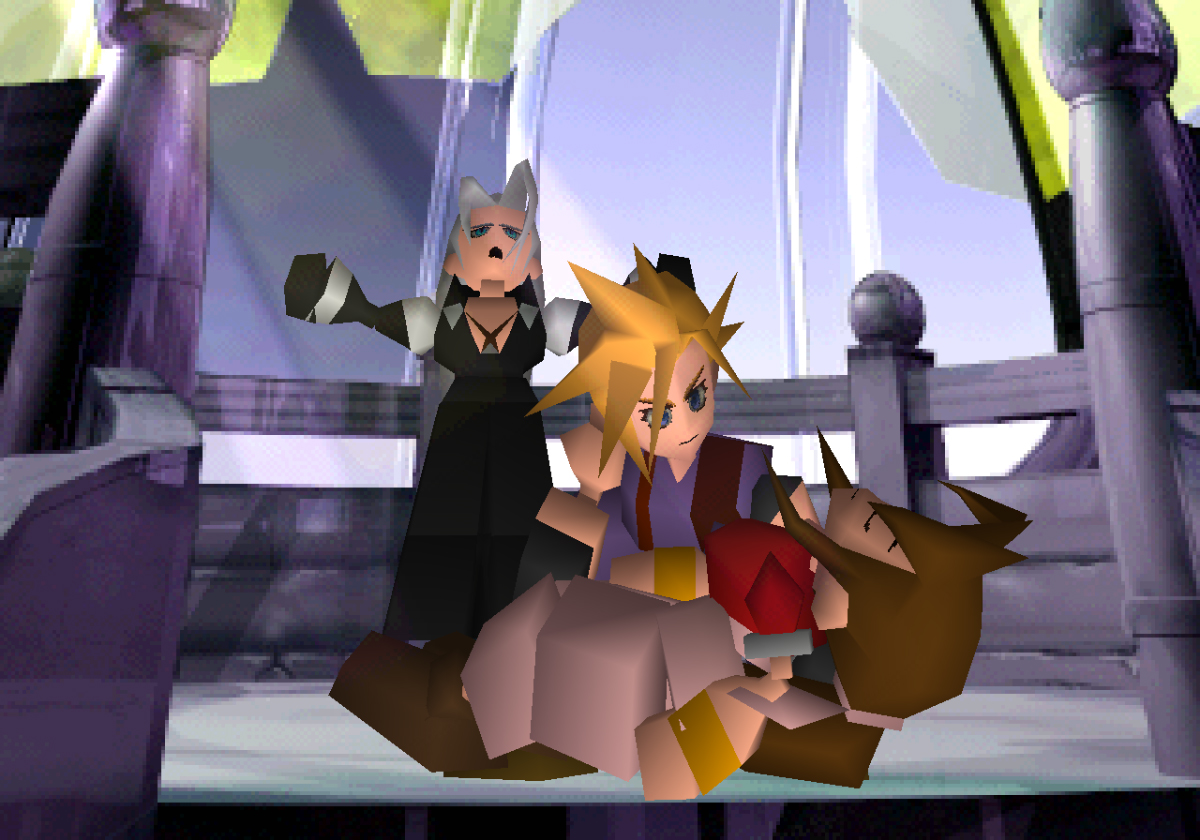
It’s disappointing to see games fail at telling such a simple story. Loss is something that every human, no matter their upbringing or culture, has experienced and can sympathize with. It’s one of the few things that can resonate at a universal scale, and if pulled off correctly it can be incredible.
In fact, a death is a huge reason as to why Final Fantasy VII is just as beloved in 2016 as it was in 1997. The game took a huge risk by killing off a key character, one that was the focus of the story up until that point. It’s the complete opposite of Watch Dogs 2, and players could’ve spent dozens of hours leveling up Aerith, and falling in love with her before she met her unfortunate demise.
It should be quite telling that the prime example of death in video games is one that is almost 20 years old. It also comes from a game that isn’t particularly well written, but it still manages to have a huge impact due to Squaresoft committing to their story arc. Games need to take more risks with their narrative, even if we’re currently in an era where players complain when a marketed character isn’t in the entire game (they must’ve really had a rough time dealing with Metal Gear Solid 2‘s twist).
Other recent examples of a game using death to make an impact would be Brothers: A Tale of Two Sons and Telltale’s The Walking Dead. The former is an excellent adventure title that manages to tell an amazing story without once uttering an understandable word. Everything from the narrative to the gameplay itself comes together for one momentous occasion near the end. Meanwhile, Telltale has made death a huge theme of their episodic series, and while some deaths certainly have more of an impact than others, nobody will be able to forget the ending of Season One.
Kill ‘Em All
It’s time for major games to start taking more chances with their narratives, and death should be a major part of it when it fits. I’m sick of characters making miraculous recoveries (looking at you, The Last of Us) and want to be able to invest in a game the same way I can in a well-written film or television series. I’m not saying everyone should die (even if Solid Snake should’ve pulled the trigger in Metal Gear Solid 4), but there are too many examples where it seems clear that a game was going in one direction and then backpedaled in case there was a sequel or they didn’t want to upset people. Own the narrative and tell your story, please.
Essential Reading:
10 PSVR Games to Look Forward To
-
Upcoming PSVR Games Worth Anticipating
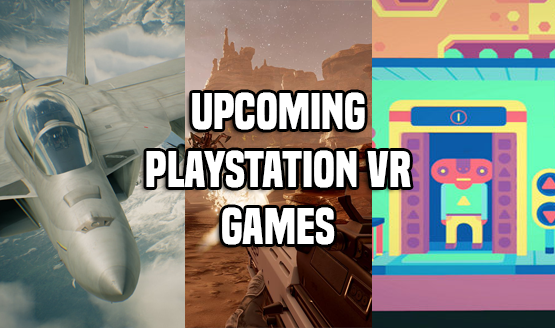
-
Ace Combat 7

While EVE: Valkyrie showed how VR is a game changer for dogfighting games, Ace Combat 7 will look to fulfill its potential. The opportunity is here for Bandai Namco to make something really special, and I'm excited to see if they can pull it off. It'd be the perfect way to reintroduce Ace Combat to the mainstream, so hopefully it'll be the first feature complete flight combat game on PSVR.
-
Dreams

No matter how many previews I read and trailers I see, I don't think I'm gonna be able to wrap my head around Media Molecule's Dreams until I actually go hands-on with it. So, while I'm still not sure how this magical creation tool works, I'm ecstatic to check it out in 2017. Few developers have constantly impressed me like Media Molecule has, so I can't wait to see what crazy thing they've conjured up.
-
Farpoint
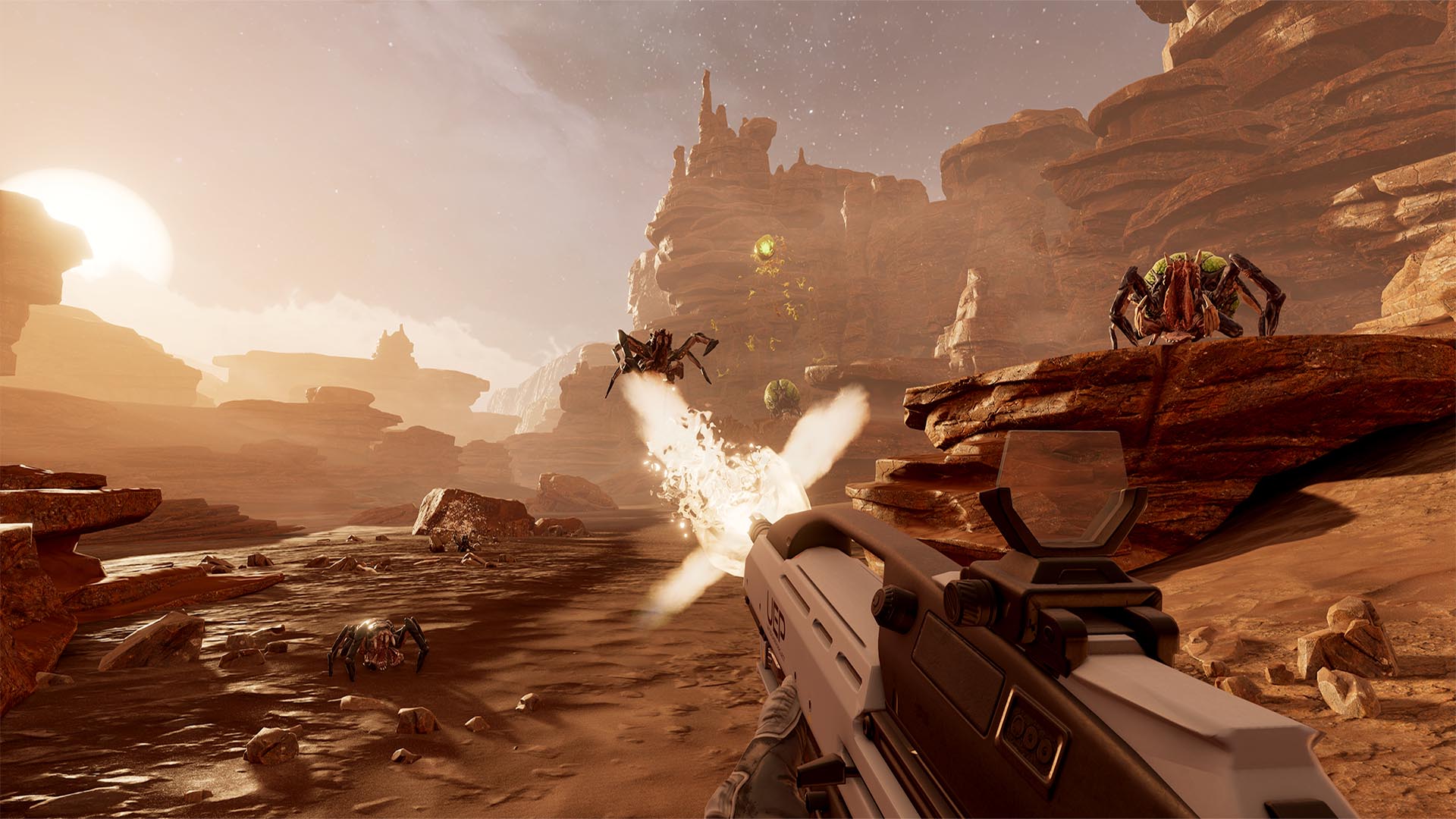
I am so ready for a first-person shooter in VR. I feel like it's the next logical step for the genre, and am excited to see how developers take advantage of head tracking. Farpoint seems to be the first major release that will have a chance to really nail it, and it has the chance to be a must-own title for PSVR owners.
-
GNOG
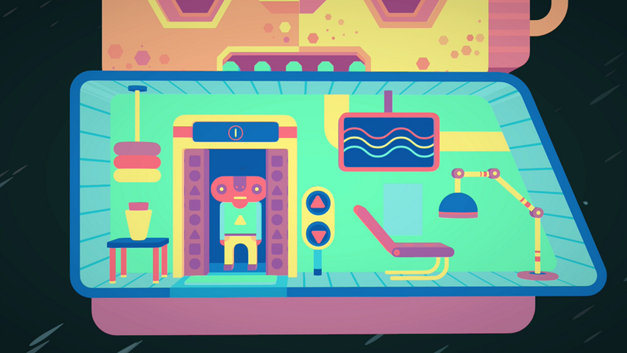
So far one of my favorite things about virtual reality is just getting to take a peek into different worlds. So, considering GNOG is all about exploring giant monster heads (yes, it's pretty out there) and solving puzzles within them, I'm pretty stoked. Nothing else looks like it, and I want unique experiences in VR.
-
Golem
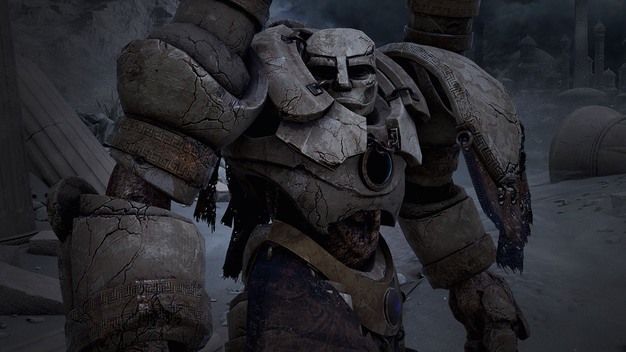
Golem has an awesome hook that has gamers playing in virtual reality and on their television. In the game players will play as a bed-ridden child who wants to explore the outside world. After developing the power to control stone creatures (the titular golems), he's eventually able to explore vicariously through them.
-
Gran Turismo Sport

DriveClub VR showed that virtual reality is a great place for racing games, and Gran Turismo Sport looks to build upon that. Beyond VR, there are a lot of reasons to be excited about the first Gran Turismo game on PlayStation 4, and Polyphony Digital will look to show that they are still the king on consoles after having been passed up by Forza this generation.
-
Megaton Rainfall
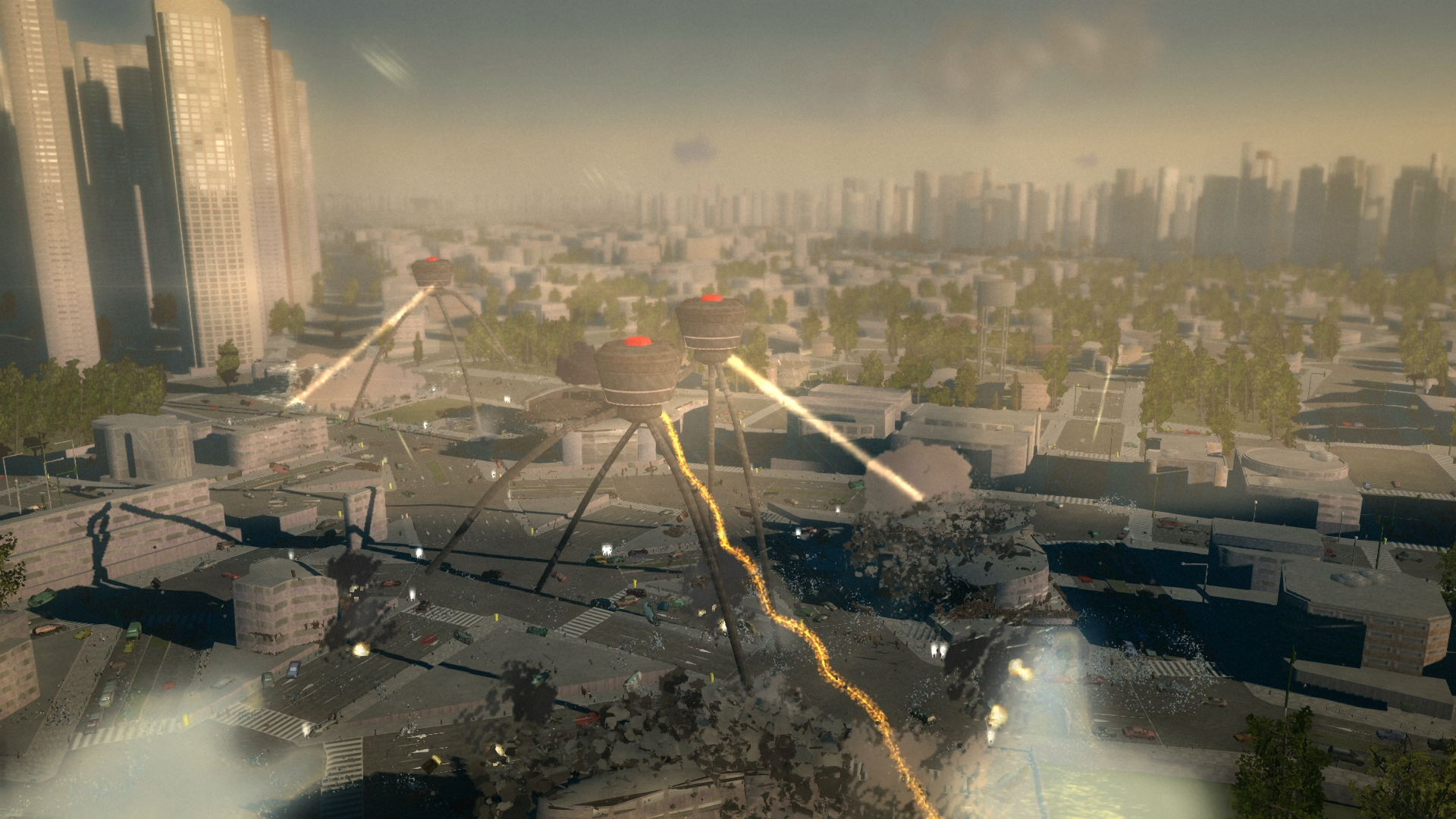
Megaton Rainfall is a first-person game that will allow players to live the fantasy of being a superhero. It's unknown if the ambitious title will be able to pull off its lofty goals, but it promises a wide range of movement and the ability to cause as much destruction as the player wants. If successful, it might just be PlayStation VR's killer app.
-
Psychonauts in the Rhombus of Ruin

Psychonauts in the Rhombus of Ruin will serve as a bridge between Psychonauts and its sequel, which is plenty of reason to be excited. The first-person adventure title will let players once again play as Raz, and will have to use his psychic powers to solve puzzles.
-
Resident Evil VII
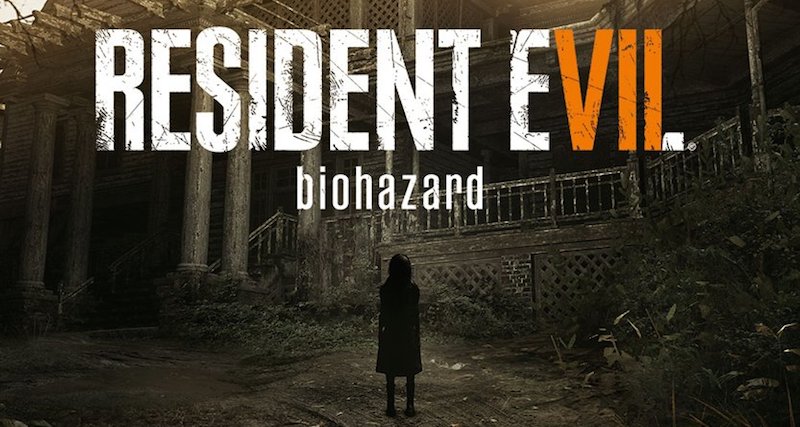
If anything, Resident Evil VII looks to be a bold new look for the franchise. It's a big switch from the action that Resident Evil 6 offered, but that's just what the series needed. Hopefully this change will pay off, but it certainly has the attention of fans until then.
-
Star Trek: Bridge Crew
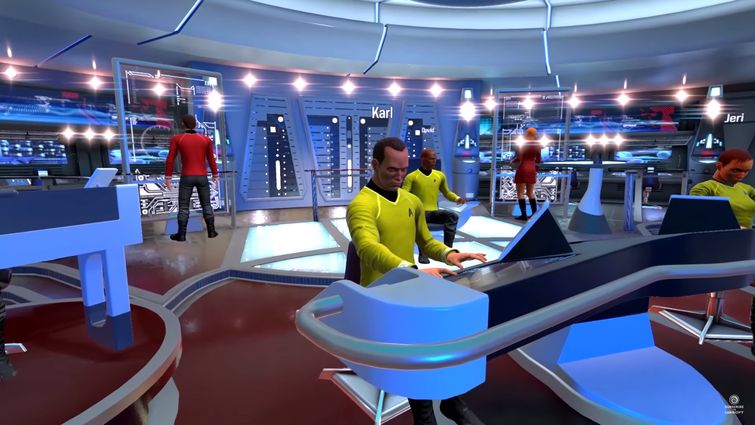
Games like Space Team have shown how much fun it is to operate a complex ship with friends, so I'm hoping that Star Trek: Bridge Crew will scratch a similar itch. Sporting online play and a familiar license, this could finally be the Star Trek games that fans have been thirsting for. The Ubisoft published title has been delayed until March 2017, so hopefully it'll be worth the wait.
